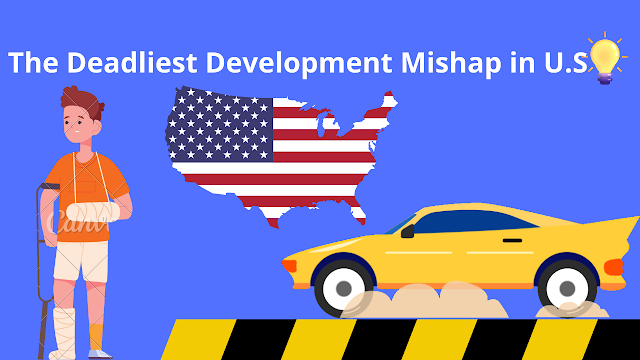In a tragic incident that occurred many years ago, a catastrophic collapse of a cooling tower during its construction at a West Virginia power plant resulted in the devastating deaths of 51 workers who plummeted 170 feet below.
Background:
This construction disaster, often referred to as the deadliest in US history, claimed the lives of eleven members from a single family. Unfortunately, none of the workers on the platform survived. The incident led to numerous lawsuits, workers’ compensation claims, and liability settlements. Moreover, it sparked significant changes in cooling tower construction practices and government regulatory inspections.
Cause of the Collapse:
According to Stan Elliott, the former area director for the US Occupational Safety and Health Administration (OSHA), several factors contributed to the catastrophe. In an interview with the Charleston newspaper in 2008, he stated that if certain corrective measures had been taken, the tragedy could have been prevented. Issues such as the absence of proper bolts and insufficient curing of the concrete were identified as critical elements that, if rectified, could have averted the disaster.
Details of the Incident:
The construction site was the coal-fired Pleasants Power Station, owned by Allegheny Power System, located in Willow Island, West Virginia. On April 27, 1978, in the early morning, various construction workers, including heavy laborers, carpenters, and steelworkers, were present on the platform of the second tower. This intricate structure was being assembled as the tower rose in height. Portions of the platform had been fastened to the concrete on the inclined surface of the cooling tower, which had been poured just 20 hours earlier under near-freezing temperatures.
Around 10 a.m., the supports of the platform began to detach from the wall, progressively followed by more supports, causing the entire ribbon of concrete to unravel from the structure. Witnesses and investigators described the horrifying scene of falling concrete and workers plunging to their deaths. The collapse occurred rapidly, resembling a domino effect as workers plummeted one after another.
Investigations and Consequences:
Following the incident, the National Institute of Standards conducted an investigation upon the directive of OSHA. The findings revealed several contributing factors to the collapse, including the inadequate strength of the wall concrete to support the loads, insufficient curing time, and the premature removal of anchor bolts. The report concluded that the collapse resulted from the imposition of construction loads on the shell before the concrete had gained sufficient strength.
OSHA cited the contractors, including the tower design-build firm Research Cottrell Inc., for 10 safety violations and imposed a fine of $108,300 (later reduced to $85,000). The general contractor, United Engineers and Constructors, commissioned its own consultant, Lev Zetlin Partners, to investigate the causes. Their report indicated that the workers lacked a thorough understanding of the platform system, misused it, and were poorly supervised. It was also discovered that certain anchor bolts were removed prematurely.
Safety Measures and Reforms:
In response to the tragedy, OSHA, criticized for having only seven safety inspectors in West Virginia at the time, implemented new regulations. These included mandatory testing of concrete strength before the removal of formwork and connections, requirement of an expert review of cooling tower designs, and the development of detailed construction and safety plans well in advance. The responsibility for formwork safety was shifted from engineers to on-site contractors.
Further revelations highlighted the importance of not interconnecting formwork. A subsequent accident at a cooling tower in Washington State, where two workers were killed due to a detached steel structure, emphasized the potential for more severe consequences if interconnected forms, as in the Willow Island incident, had been used.
The aftermath of the tragedy:
The full extent of the insured losses and damages from the Willow Island disaster remains unclear, with the West Virginia Department of Insurance yet to provide information. Efforts to reach workers’ compensation lawyers in Parkersburg and Charleston, who would have handled some of the cases, were unsuccessful.
A memorial honoring the lost workers has been erected in St. Mary, West Virginia. However, the coal-fired power plant itself is nearing its closure, scheduled for May 31. The state’s utility commission is considering a proposal to keep the plant operational for another year, costing ratepayers approximately $36 million. This extension would allow another utility company to assess the feasibility of purchasing the facility, as reported by local media sources.
Conclusion:
The tragic construction accident at Willow Island, West Virginia, remains a stark reminder of the importance of stringent safety measures in the construction industry. The incident’s devastating consequences led to significant reforms in cooling tower construction practices and regulatory oversight. As we remember the lives lost, it is crucial to prioritize the safety and well-being of workers in all construction endeavors.
